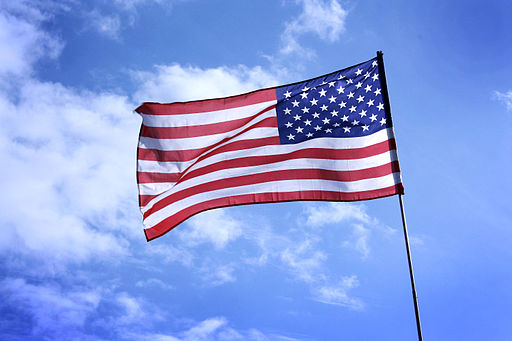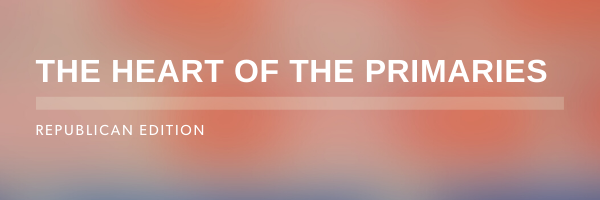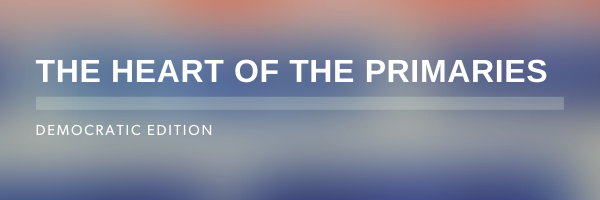Category: Newsletters
-
Economy and Society: ESG goes to war?
Posted on
Economy and Society is Ballotpedia’s weekly review of the developments in corporate activism; corporate political engagement; and the Environmental, Social, and Corporate Governance (ESG) trends and events that characterize the growing intersection between business and politics. ESG Developments This Week In Washington, D.C., and around the world ESG goes to war? The Russian war in…
-
Disclosure Digest: Idaho legislator introduces bill increasing disclosure requirements
Posted on
Welcome to The Disclosure Digest! Keep an eye out for new editions published on Tuesdays through June 2022. Idaho legislator introduces bill increasing disclosure requirements On Feb. 21, Idaho Sen. Patti Anne Lodge (R) introduced a bill in the Idaho Senate that would require candidates for state office to report contributions over a certain amount…
-
Robe & Gavel: SCOTUS concludes February sitting
Posted on
Welcome to the Feb. 28 edition of Robe & Gavel, Ballotpedia’s newsletter about the Supreme Court of the United States (SCOTUS) and other judicial happenings around the U.S. … Did you hear something? Could it be… changing seasons approach? The first breaths of spring? One can hope. Last week, President Biden nominated U.S. Court of…
-
An update on US Senate retirements
Posted on
Welcome to the Monday, February 28, Brew. By: Samuel Wonacott Here’s what’s in store for you as you start your day: Inhofe announces retirement from U.S. Senate Biden nominates Ketanji Brown Jackson to the United States Supreme Court West Virginia U.S House delegation shrinking from three to two sets up primary between two representatives Inhofe…
-
ICYMI: Top stories of the week
Posted on
How you can use Ballotpedia to stay in the know on election day At Ballotpedia, we want to make sure you have all the tools to vote with confidence. If you’re voting next Tuesday, or want to take a look at any upcoming elections in your area, get prepared by using our Sample Ballot Lookup…
-
Federal Register weekly update: Tops 10,000 pages
Posted on

The Federal Register is a daily journal of federal government activity that includes presidential documents, proposed and final rules, and public notices. It is a common measure of an administration’s regulatory activity, accounting for both regulatory and deregulatory actions. From Feb. 21 through Feb. 25, the Federal Register grew by 1,500 pages for a year-to-date…
-
Washington Legislature considers collective bargaining for legislative staff
Posted on
Washington Legislature considers collective bargaining for legislative staff A new bill that would give state legislative staff the right to bargain collectively was introduced in the Washington House of Representatives after two similar bills missed the cutoff to be passed to the opposite chamber last week. Around 100 legislative staffers called in sick after the…
-
Stay informed this primary election season with our sample ballot tool
Posted on
Welcome to the Friday, February 25, Brew. By: Douglas Kronaizl Here’s what’s in store for you as you start your day: How you can use Ballotpedia to stay in the know on election day State supreme courts in North Carolina and Pennsylvania enact new redistricting plans #FridayTrivia: How many state legislative seats are up for…
-
Heart of the Primaries 2022, Republicans-Issue 11
Posted on

In this issue: Sen. Rob Portman weighs in on the race to replace him and Texas Railroad Commission primary makes headlines U.S. Sen. Rob Portman endorses Jane Timken in Ohio’s Senate primary On Feb. 16, retiring U.S. Sen. Rob Portman (R-Ohio) endorsed former state Republican Party Chair Jane Timken in the GOP Senate primary. Portman…
-
Heart of the Primaries 2022, Democrats-Issue 11
Posted on

February 24, 2022 In this issue: Ohio, NY Democratic parties weigh in on statewide races, Schumer backs Bowman in NY-16 Chuck Schumer endorses Jamaal Bowman in NY-16 Senate Majority Leader Chuck Schumer (D-N.Y.) endorsed 16th Congressional District Rep. Jamaal Bowman. Schumer said he has worked with Bowman on upgrading Mount Vernon’s sewer system and building…

